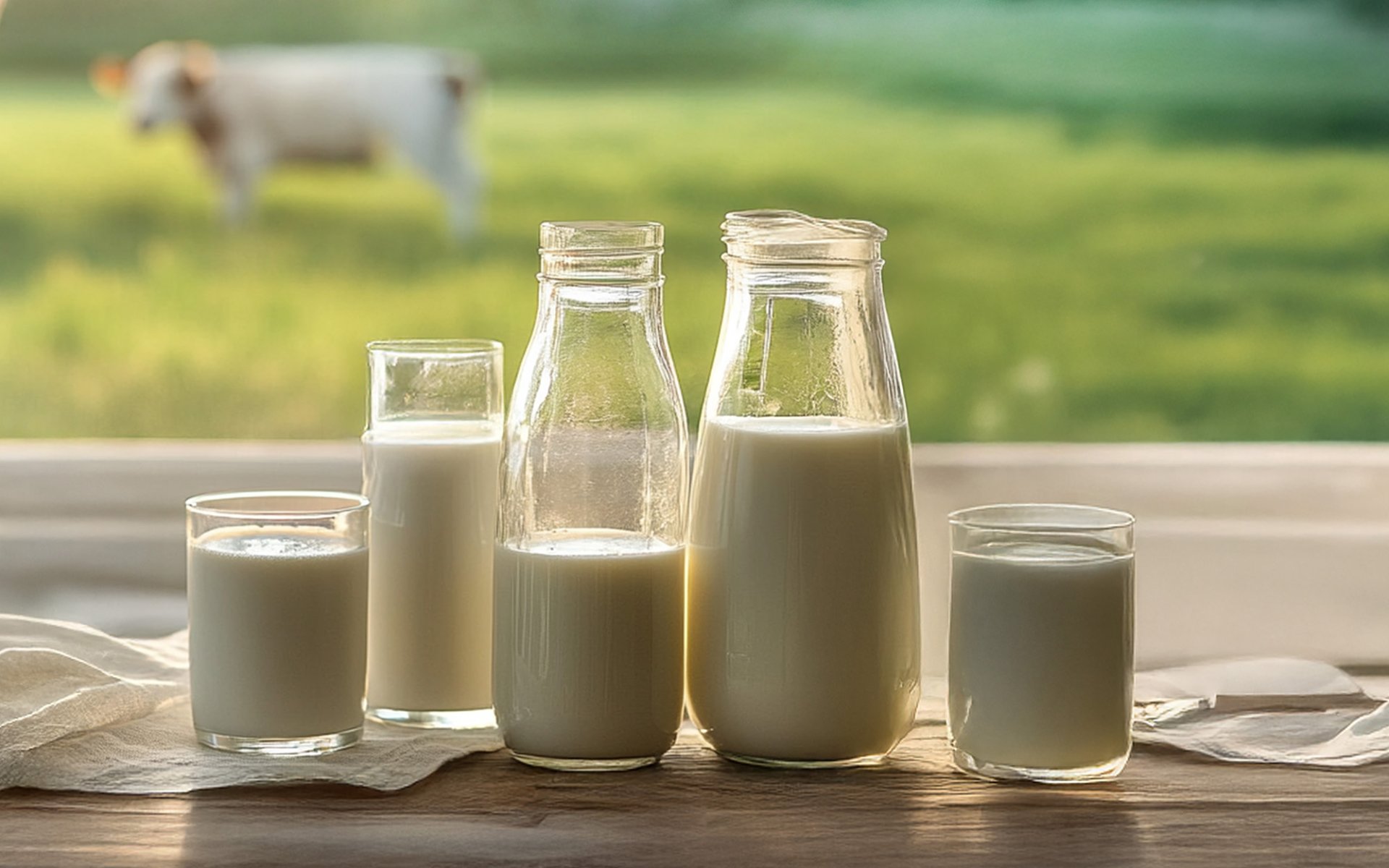World Milk Day

The Origins of World Milk Day
World Milk Day was established by the Food and Agriculture Organization (FAO) of the United Nations to raise awareness about the importance of milk as a global food source and to celebrate dairy's role in nutrition and culture worldwide.
Milk and Early Civilizations
Humans began consuming milk from animals as early as the Neolithic period. Ancient Mesopotamian civilizations domesticated cows, goats, and sheep for dairy purposes. By 8000 BCE, dairy products like cheese, butter, and yogurt were already being produced. In regions like present-day Turkey and Tibet, milk from yaks and goats was also widely consumed.
The Spread of Dairy Culture
From 7000 to 5000 BCE, the nomadic lifestyle helped spread dairy farming across Europe, Africa, the Middle East, and South Asia. These cultures integrated milk into daily life for food, labor, and religious practices.
Human Adaptation to Lactose
Typically, mammals (including humans) lose the ability to digest lactose after infancy. However, ancient populations that depended heavily on dairy evolved to retain this ability, a trait most common in populations from Europe and Western Asia.
From Survival to Culinary Staple
Milk evolved from a survival food to a culinary staple. It became an ingredient in meals, desserts, and beverages across the globeparticularly in Western cultures where milk was deeply embedded in cuisine.
Regional Differences in Milk Production
India leads the world in milk production, driven by the cultural and economic significance of cows and buffaloes. Meanwhile, countries like New Zealand and Japan are praised for their high-quality milk, thanks to free-range cattle and unique climate conditions.
Milk : A Foundation of Health
Milk is rich in calcium, phosphorus, protein, and essential vitamins. It plays a crucial role in the growth of children, bone health in seniors, and overall body maintenance in adults. Dairy is a major protein and healthy fat source for many people around the world.
Alternatives for the Lactose-Intolerant
People who are lactose-intolerant can still enjoy milk through goats milk, lactose-free milk, and low-fat milk. Goats milk, in particular, is easier to digest and similar in taste and nutrition to cows milk.
The Rise of Plant-Based Milk
Options like almond, soy, oat, and pistachio milk offer dairy-free alternatives rich in nutrients and appealing to vegans and health-conscious consumers alike.
More Than a Celebration
World Milk Day is more than just an annual event. Its a platform to educate and raise awareness about milks impact on health, agriculture, and global economies. Each country celebrates differently, but all share a common goalto highlight the enduring value of dairy.


